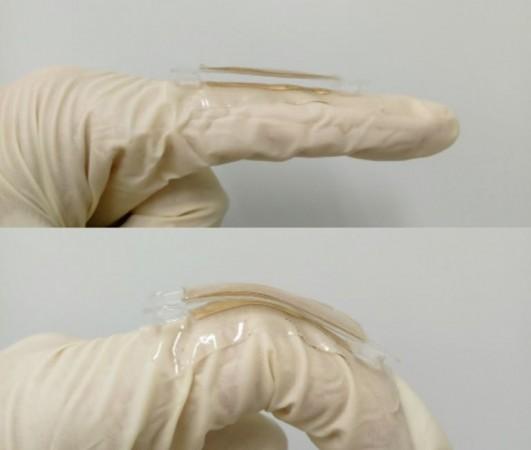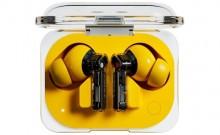
Since the advent of bulky mobile phones in the early 1970s to today's swanky featherweight full-screen smartphones, there has been only an incremental upgrade in terms design, processing power and camera MP count.
Yet, after more than 40 years of development, the battery charging and capacity has undergone very little improvement other than wireless charging, and even that technology takes a lot of time to charge batteries.
Things are about to change for good, and users may never have to look around for power outlets or carry heavy powerbanks. Researchers at the University at Buffalo in collaboration with the Chinese Academy of Science (CAS) have come up with an innovative technique called "Triboelectric charging" that requires a metallic tab and some body movements like finger rubbing to charge batteries.
It is said to be more than enough to power a wearable device such as smartwatch and even a smartphone. Many will be eager to see this technique see the light of the day as early as possible.
How does Triboelectric charging work?
Triboelectric charging is no rocket science. It borrows the simple static energy principle, wherein a material gets charged after coming in frictional contact with another object.
For instance, if a person rubs their foot on the carpet, negatively charged electrons move from the carpet to the body, creating a repository of static energy, and if he/she then touches somebody, this energy is discharged through the touch and the latter feels it in the form of a mild shock.
Apparently, this energy, which most often — if not always — is wasted, can be transformed to charge a mobile device.
"No one likes being tethered to a power outlet or lugging around a portable charger. The human body is an abundant source of energy. We thought: 'Why not harness it to produce our own power?'" Qiaoqiang Gan, PhD, associate professor of electrical engineering in UB's School of Engineering and Applied Sciences, and lead author of the study, said in a statement.

The researchers claim to have succeeded in creating a functional prototype tab with polydimethylsiloxane (PDMS) — a silicon-based polymer used in contact lenses — sandwiched between two thin gold films.
The key to the device is that one layer of gold is stretched, causing it to crumple upon release and create what looks like a miniature mountain range. When that force is reapplied, for example from a finger bending, the motion leads to friction between the gold layers and PDMS.
"This causes electrons to flow back and forth between the gold layers. The more friction, the greater the amount of power is produced," said another lead author, Yun Xu, PhD, professor of IoP at CAS
This technique has high practical value in the smartphone industry, as studies (Quartz Index) have shown that an average user in the US unlocks, taps on, swipes, or clicks on their phone at least 2,617 times a day.
With people spending so much time on the smartphone screen, it will be great if this can be turned into an advantage by placing sensors on the front-panel, as most people operate fingers for swiping and clicking, or on the physical home button, to transfer static engery generated by friction between fingers and the screen to the battery.
There is no word on when the Triboelectric charging technology will become reality, but optimistic researchers are working hard to develop a portable battery to store energy produced by the gold-coated tab. They envision their innovative recharging technique will serve as a power source for various wearable and self-powered electronic devices.













